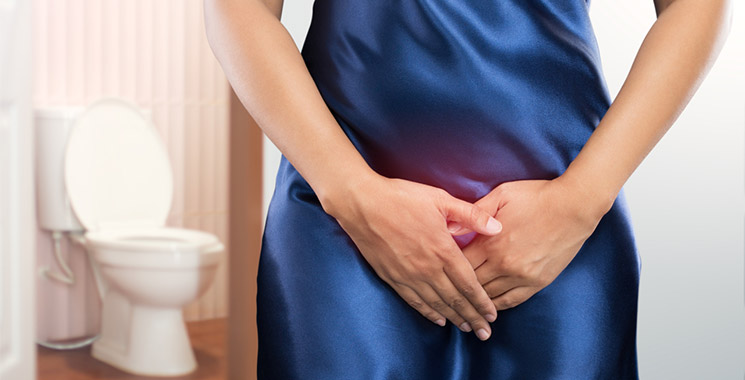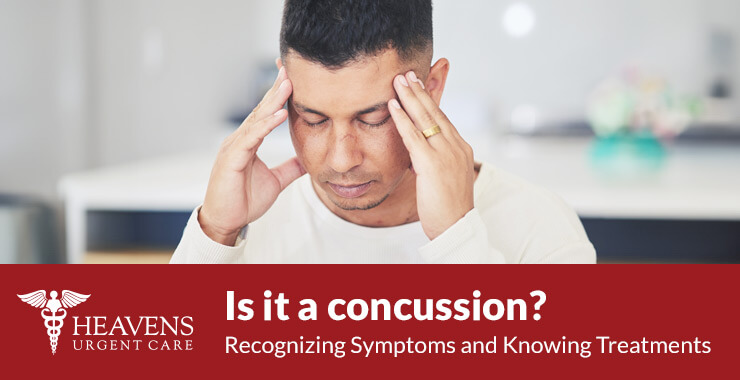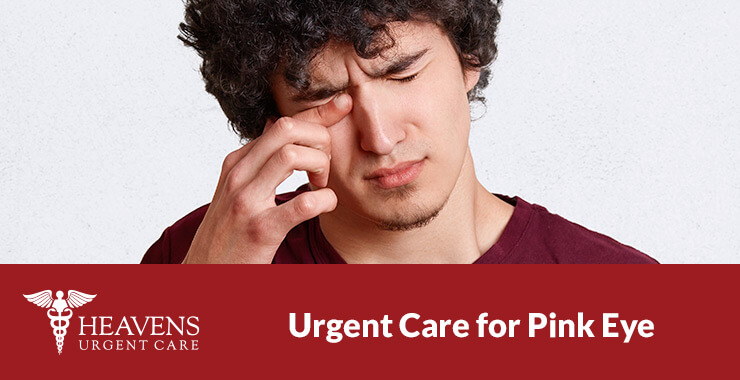A bit of discomfort when using the restroom is a hint that you might have a UTI. Urinary tract infections (UTIs) can be painful and a big inconvenience, but we’re here to help and get you back to feeling better.
Let’s start with the definition of a UTI or Urinary Tract Infection. A urinary tract infection (UTI) is an infection in any part of the urinary system. The urinary system includes the kidneys, ureters, bladder, and urethra.
Healthcare providers treat 8 million to 10 million people each year for UTIs.
Urine is a byproduct of your blood-filtering system, which your kidneys perform. Your kidneys create urine (or pee) when they remove waste products and excess water from your blood. Pee usually moves through your urinary system without any contamination. However, bacteria — especially E. coli — can get into your urinary tract and cause that pesky UTI.
Symptoms include needing to pee often, pain while peeing, blood in your urine, urinary incontinence, cloudy, smelly pee, and pain in your side or lower back. Other symptoms may include fatigue, fever, and chills.
Recent figures estimate that more than half of women will suffer a UTI at some point in their life, and almost one in three will develop a UTI before they reach the age of 24.[1]
In some cases, UTIs can also lead to serious complications such as kidney damage or sepsis. Fortunately, there are many preventative measures and treatment options available to help manage UTIs.
Preventing a UTI
The best way to prevent UTIs is to practice good hygiene and adopt healthy lifestyle habits. Here are some simple steps you can take to reduce your risk of getting a UTI:
- Drink plenty of fluids: Drinking lots of water or other fluids helps to flush bacteria out of your urinary tract.
- Wipe from front to back: When using the bathroom (after urination or bowel movement), always wipe from front to back to prevent bacteria from transferring from your anus to and enter your urethra.
- Empty your bladder frequently: Holding urine in your bladder for too long can allow bacteria to grow.
- Practice safe sex: Use condoms to reduce your risk of getting a sexually transmitted infection, which can lead to a UTI.
- Avoid irritation: Make sure to wear loose, comfortable clothing that doesn’t irritate your genital area.
Change your birth control method: Certain types of birth control, such as spermicides, can increase your risk of developing a UTI. Talk to your doctor about alternative options.
Diagnosing a UTI
When diagnosing a UTI, doctors typically follow a few steps:
- Medical history: Your doctor will ask you about your symptoms, including any pain or discomfort while urinating, frequency of urination, urgency, and any other relevant information.
- Physical examination: The doctor may perform a physical examination to check for any signs of infection or other abnormalities.
- Urine sample and Urinalysis (Urine Test): A common method to diagnose a UTI is by analyzing a urine sample. You’ll be asked to provide a “clean-catch” or midstream urine sample. The sample is then sent to a laboratory for analysis. The laboratory will examine the urine sample to check for the presence of bacteria, white blood cells, and red blood cells.
- Urine culture: In some cases, a urine culture may be performed to identify the specific bacteria causing the infection and determine which antibiotics are most effective for treatment. This test takes more time, usually a couple of days, as it involves allowing bacteria to grow in the lab.
- Additional tests: Depending on the severity of the infection or if it’s a recurring UTI, additional tests such as a kidney ultrasound, cystoscopy, or CT scan may be recommended to assess the urinary tract’s condition.
Remember, it’s crucial to consult a healthcare professional for an accurate diagnosis and appropriate treatment. They can provide personalized medical advice based on your specific situation.
Treating a UTI
If you do develop a UTI, it’s important to seek treatment right away to prevent it from spreading to your kidneys. Here are five common treatment options for UTIs:
- Antibiotics: Your doctor may prescribe antibiotics to kill the bacteria causing your UTI. Make sure to take all of your medication, even if your symptoms improve.
- Pain relief: Over-the-counter pain relievers such as ibuprofen or acetaminophen (Tylenol) can help alleviate the discomfort of UTI symptoms.
- Drinking fluids: Drinking lots of water or other fluids can help flush bacteria out of your urinary tract.
- Heating pads: Applying a heating pad to your lower abdomen can help ease the pain of UTI symptoms.
- Other Prescription medication: In some cases, your doctor may prescribe medication to relax your bladder muscles if you’re experiencing painful urination.
The best thing to do for a urinary tract infection is to see a healthcare provider. We treat UTIs with an antibiotic that works best against the bacteria responsible for your infection. You can check in for an appointment here.
As an important side note: Once you get a prescription for antibiotics, it’s important that you follow the specific directions for taking them so you don’t develop antibiotic resistance. Do not stop taking the antibiotic, even if your symptoms go away and you start feeling better.
Remember Heavens Urgent Care first for quick access to treat UTIs and other healthcare concerns like STD diagnosis and treatment or other acute pain and injuries. To see a list of the services we provide, click here.






